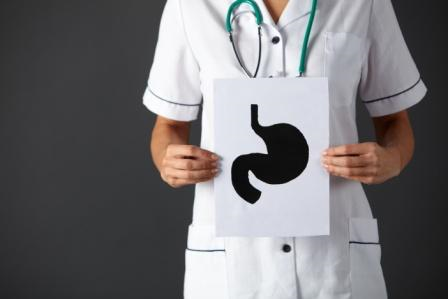A guide on non-bariatric gastric resection
This paper strives to provide an outline of current surgical techniques for non-bariatric gastric resection, the possible complications after gastrectomy and the expected postoperative imaging appearances.
Teaching points:
- Radical gastrectomy is associated with frequent postoperative morbidity and non-negligible mortality.
- In cooperative patients fluoroscopy allows checking for anastomotic patency and leaks.
- Multidetector CT with / without oral contrast comprehensively visualizes the operated abdomen.
- Awareness of surgically altered anatomy and expected postoperative appearances is warranted.
- Main complications include anastomotic and duodenal leaks, haemorrhages and pancreatic fistulas.
Abstract:
Surgical resection represents the mainstay treatment and only potentially curative option for gastric carcinoma, and is increasingly performed laparoscopically. Furthermore, other tumours and selected cases of non-malignant disorders of the stomach may require partial or total gastrectomy. Often performed in elderly patients, gastric resection remains a challenging procedure, with significant morbidity (14-43% complication rate) and non-negligible postoperative mortality (approximately 3%). This paper provides an overview of contemporary surgical techniques for non-bariatric gastric resection, reviews and illustrates the expected postoperative imaging appearances, common and unusual complications after partial and total gastrectomy. Albeit cumbersome or unfeasible in severely ill or uncooperative patients, contrast fluoroscopy remains useful to rapidly check for anastomotic patency and integrity. Currently, emphasis is placed on multidetector CT, which comprehensively visualizes the surgically altered anatomy and consistently detects complications such as anastomotic leaks and fistulas, duodenal stump leakage, afferent loop syndrome, haemorrhages, pancreatic fistulas and porto-mesenteric venous thrombosis. Our aim is to help radiologists become familiar with early postoperative imaging, in order to understand the surgically altered anatomy and to differentiate between expected imaging appearances and abnormal changes heralding iatrogenic complications, thus providing a consistent basis for correct choice between conservative, interventional or surgical treatment.
Reference:
Tonolini, M. & Bracchi, E. Insights Imaging (2017) 8: 393. https://doi.org/10.1007/s13244-017-0559-0

